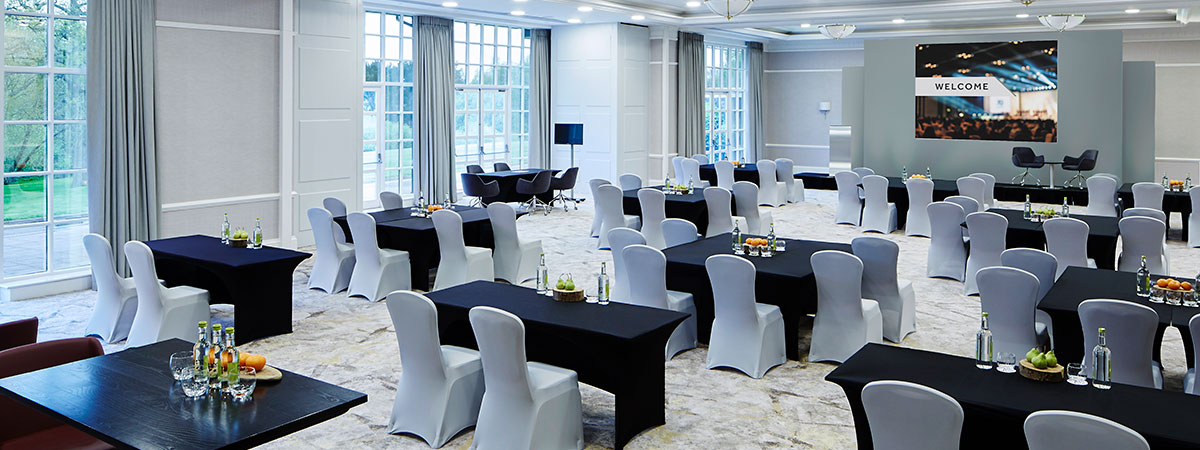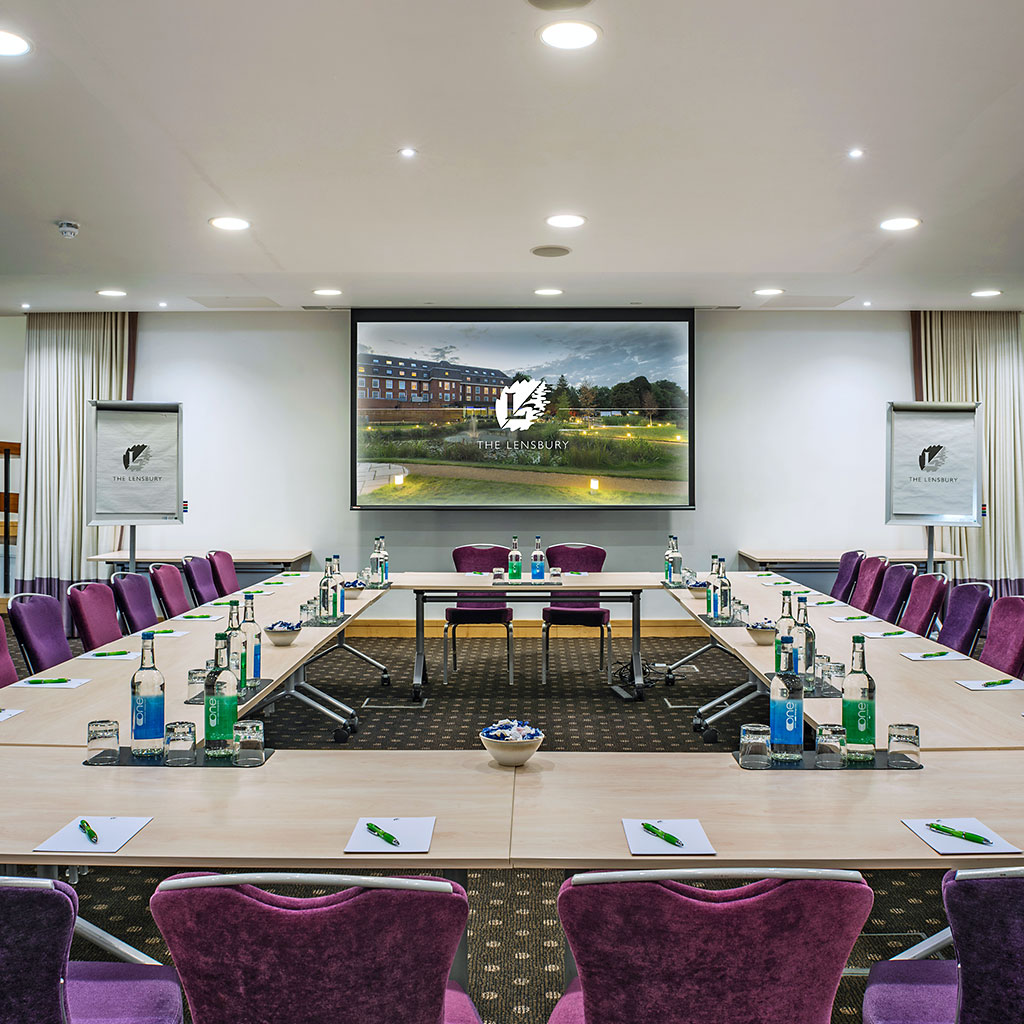
Business Meetings & Events
FREE Venue Finding | Quick Response | UK & Ireland locations
Whether you’re looking to hold a meeting for two delegates or a conference for hundreds, trust Classic British Hotels to help you successfully plan and deliver product launches, seminars and training days, exhibitions and conventions or any other style of business meeting you’re after.
Once we have a full understanding of your requirements and objectives, we’ll then match you with a handpicked selection of our Classic British Hotels. We do all the hard work to find you the best venue, saving you time and money.
Seamless. Stress-free. Superlative. Your next business meeting starts here. And that, of course, is just the beginning.

Featured Hotel Offers:
The Gonville Hotel in Cambridge is offering:
15% Enhanced Commission!
On all meetings and events booked before 31st May for meetings taking place between March and August 2024.
Plus a complimentary Bed & Breakfast stay for the meeting booker on all meetings over £5000.
Summer Sundowner Day Delegate Package
Includes:
- Meeting Room Hire from 8am till 5pm
- TV & flipchart and HDMI connection. WIFI
- Arrival Tea & Coffee served with fresh fruit kebabs and savoury breakfast bites
- Mid-Morning Tea and Coffee
- BBQ lunch on the Terrace
- End your day with a Sundowner of your choice served on the terrace with chef choices canapés
- From £70 per person
- Minimum numbers x 10
The ‘Odd’ Meeting Package!
Oddfellows in Cheshire is offering 15% commission on all meetings and events booked before 30th April. DDR from £35 (+VAT) and 24 rate from £195 (+VAT). Min 10 delegates.
Spring Conference Offer!
Special day delegate rate for bookings until the end of April at the Dalmahoy Hotel & Country Club.
- 15% commission on all bookings
- Free bacon rolls on arrival
- 1 free upgrade for every 10 people booked
50% Off Room Bookings!
Pick from a range of spaces for your next corporate event at Dartington Hall Hotel, whose bespoke packages are inspired by their rich heritage of learning through ‘head, heart and hands’. Valid on new bookings only until the end of April.
Make your meeting matter. Call us today on:
+44 (0)1483 74 74 80
ONE CLICK TO MEETINGS & EVENTS INSPIRATION!







